Protecting your property from leaks and energy loss starts with expert flashing repairs and careful leak prevention. Our accredited team delivers compliant, long-lasting solutions for homes, businesses, and heritage sites across London and the Home Counties (Kent, Surrey, West Sussex, Berkshire), ensuring every project meets strict standards for safety, value, and long-term performance.
With years of experience, leading industry accreditations (Which Trusted Trader, CITB), and trusted supplier partnerships (Welsh Slate, ALM Lead, Kemper), you’re assured expertise at every stage. Book a free survey today and protect your property.

Neglecting roof flashing or leak issues leads to escalating costs and risks: leaks cause damp, insulation breakdown triggers energy loss, and structural issues develop over time. Delaying action makes repairs harder and more expensive for any property owner.

Professional Flashing Repairs & Leak Prevention eliminate these risks—improving weather resistance, energy efficiency, and regulatory compliance. Homeowners gain peace of mind, landlords protect investment value, and businesses enhance operational safety and asset reliability. Proactive care is a secure investment for any property.
Our Flashing Repairs & Leak Prevention services cover all aspects—installations, repairs, upgrades, and restorations—across homes, businesses, and heritage buildings. We prioritise high-performance outcomes, compliance with Building Regulations, and premium materials from trusted suppliers. Every solution is tailored to your property and always delivered with safety, durability, and care.
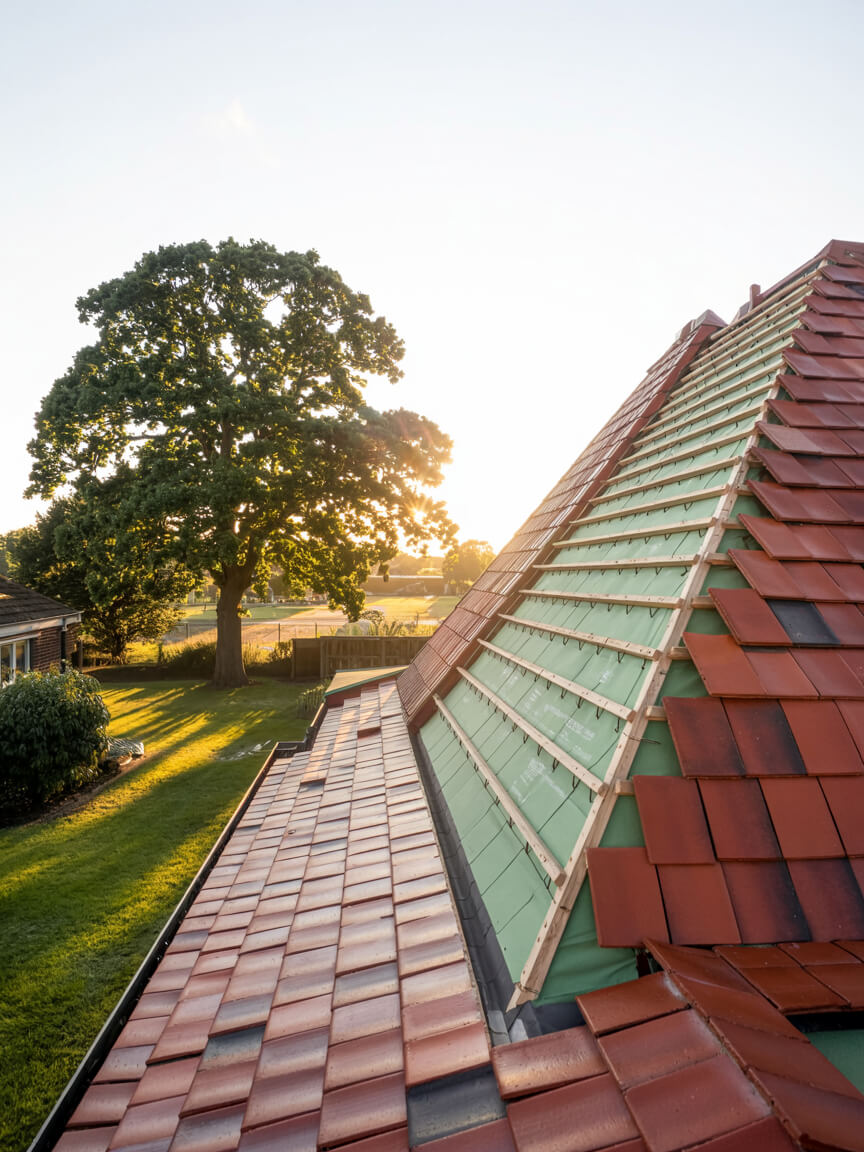
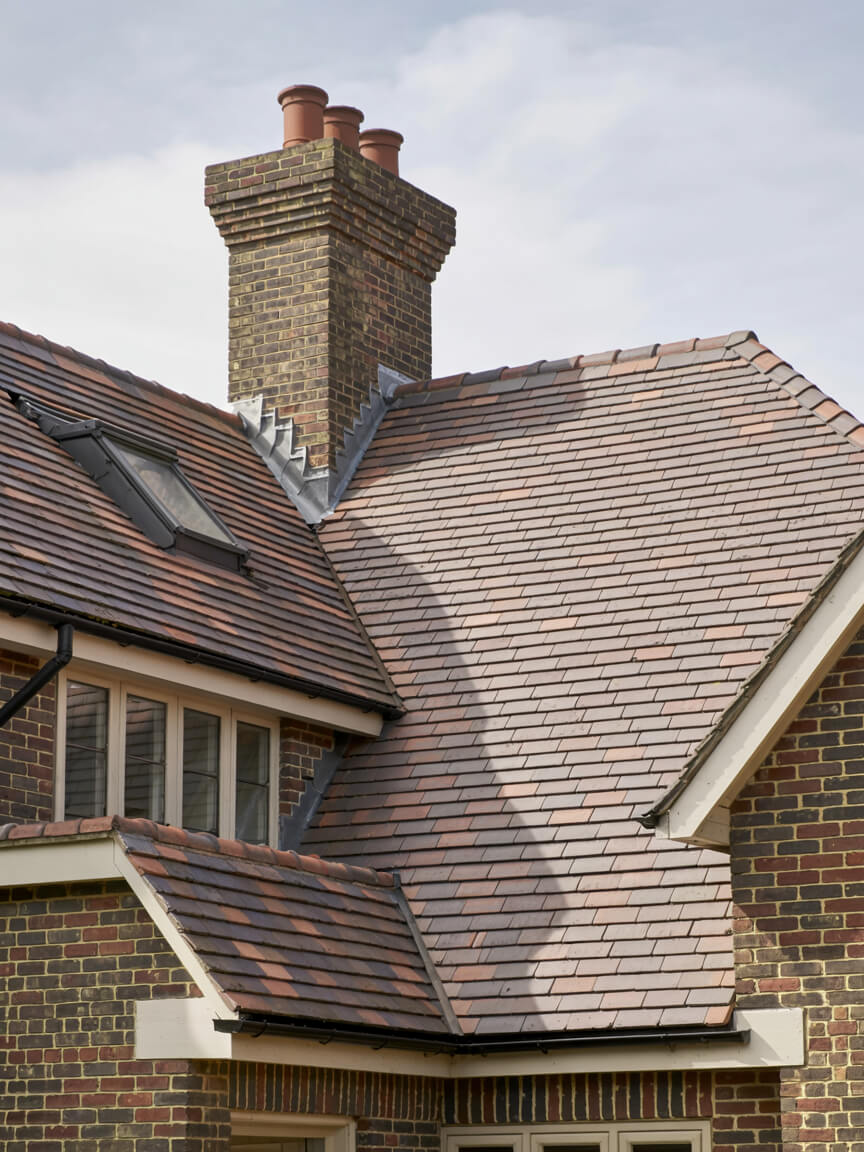
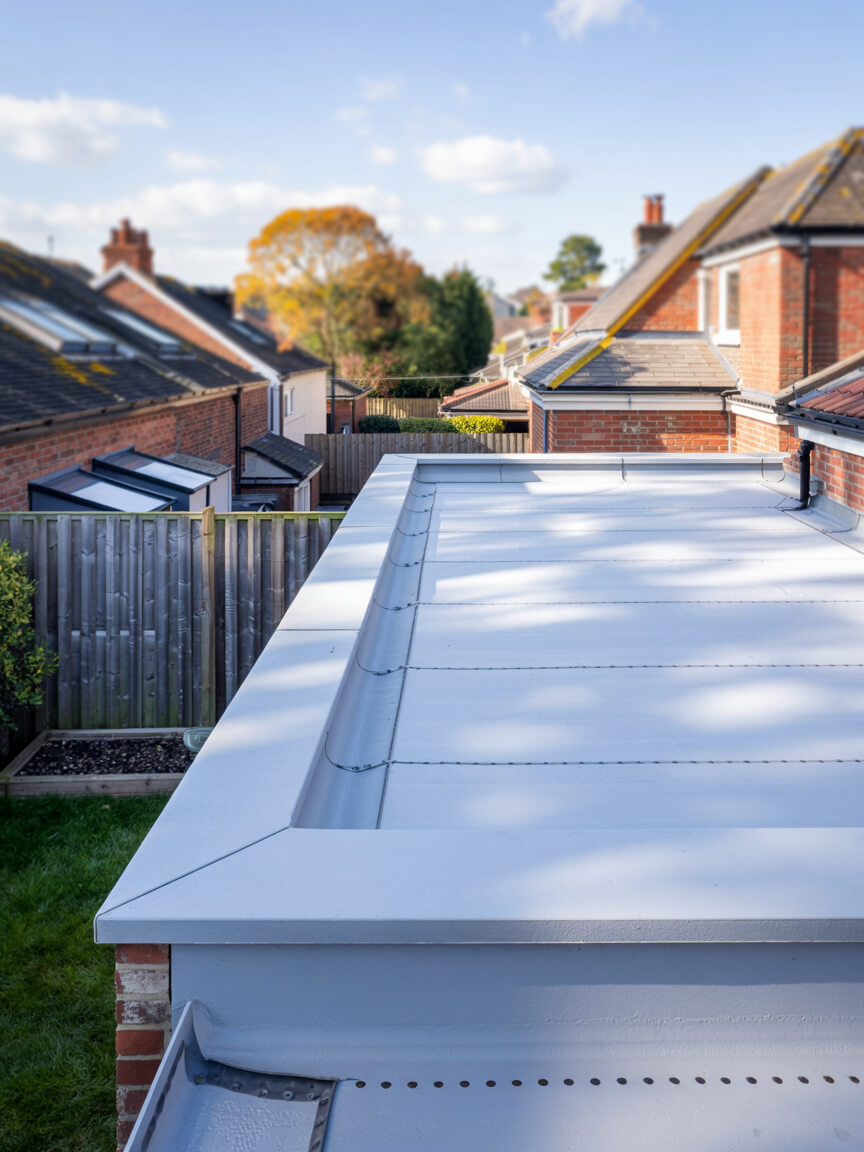
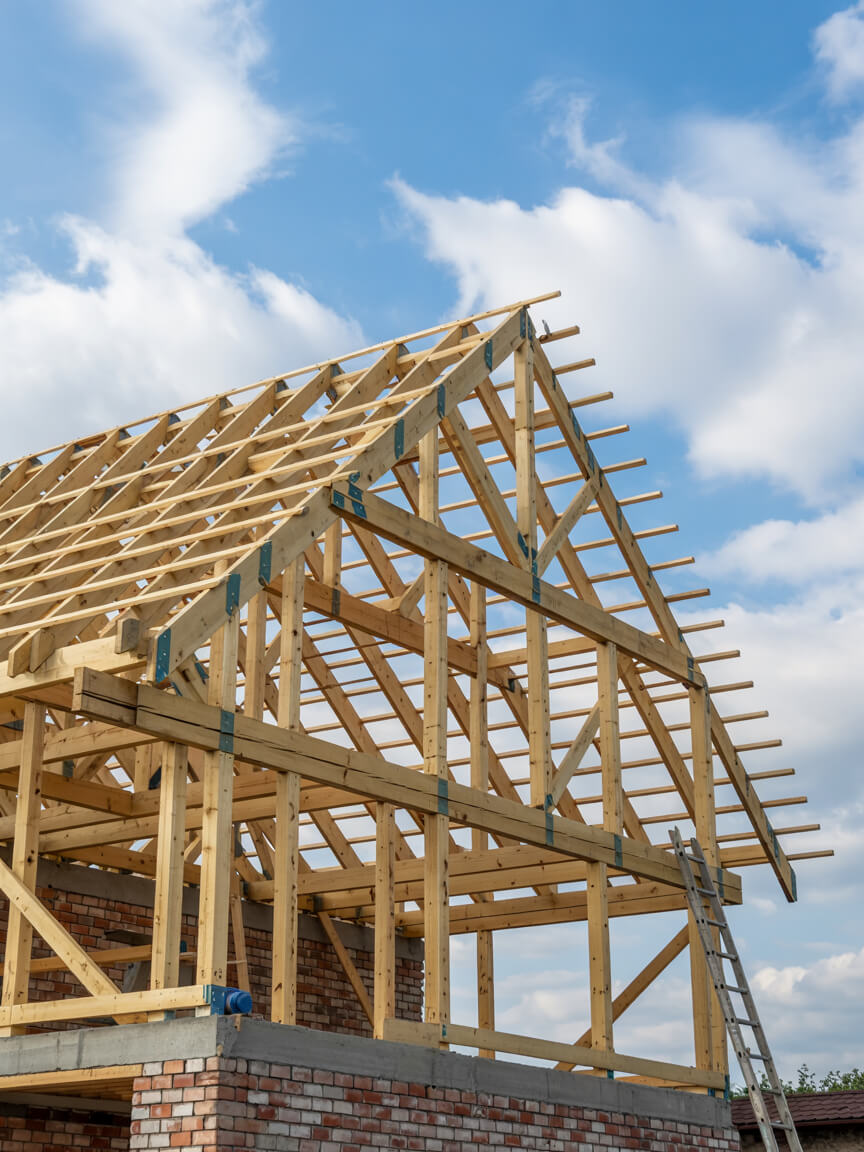
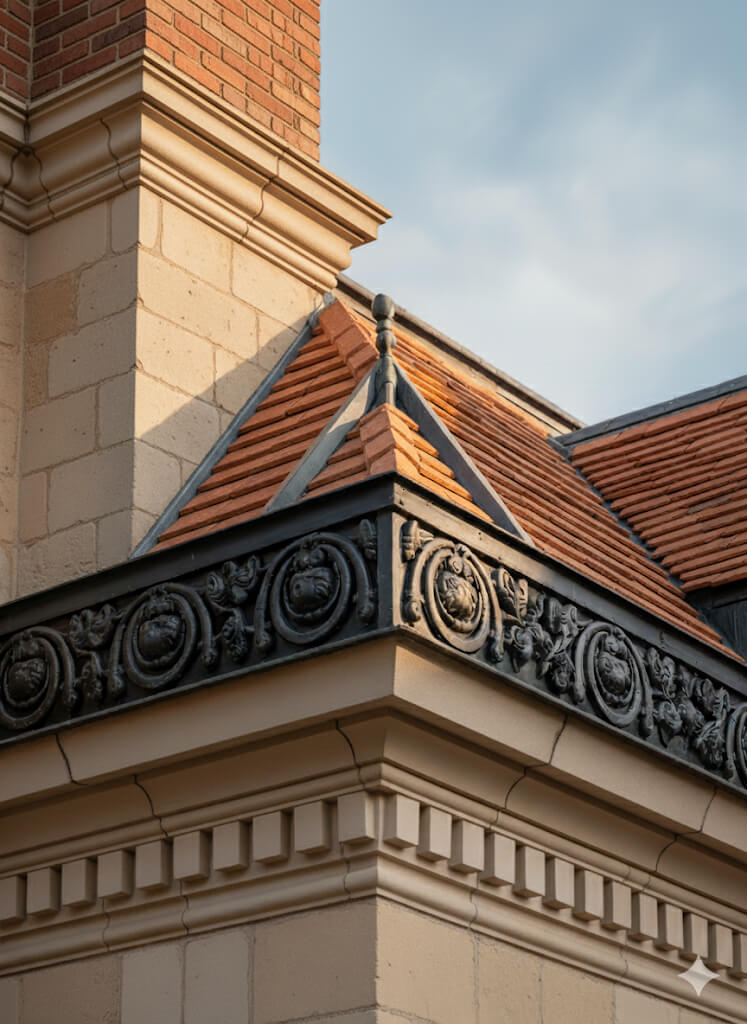
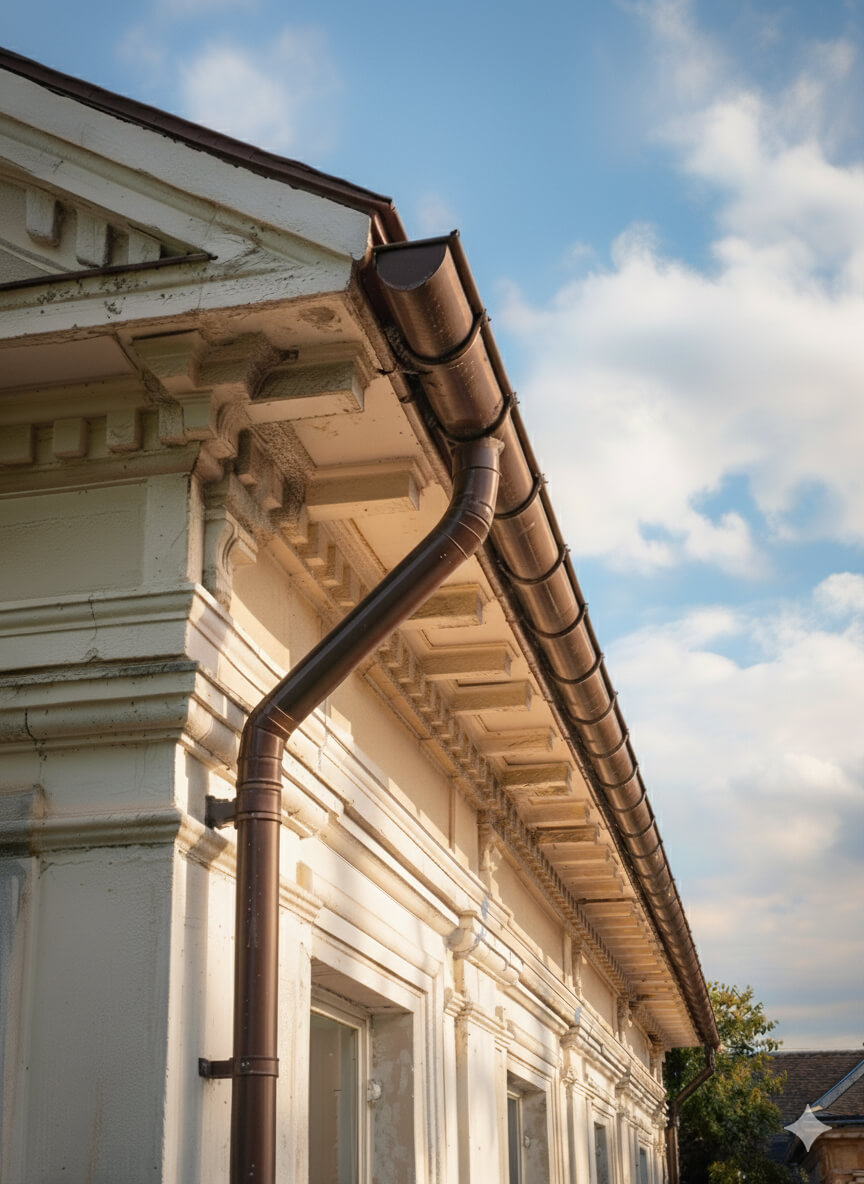

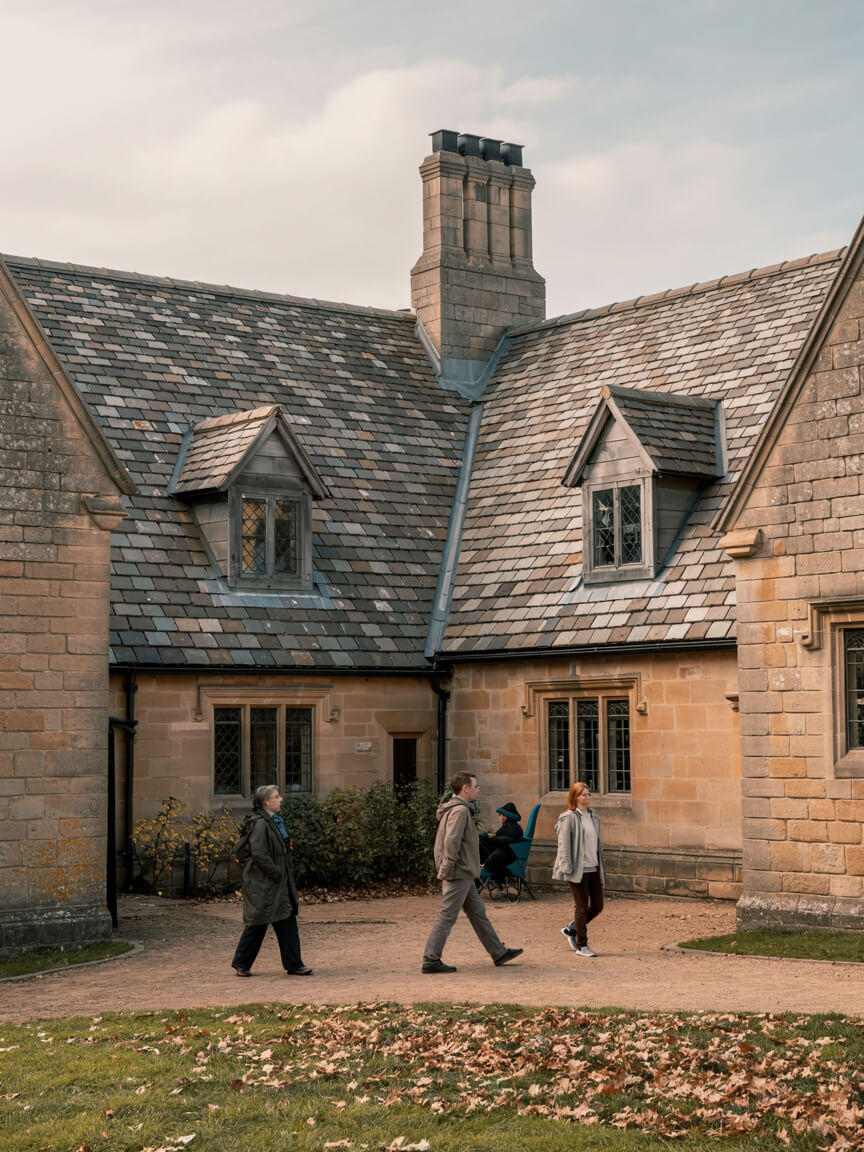
Every Flashing Repairs & Leak Prevention project is adapted to property type, roof structure, and environmental demands. Tailoring ensures compliance with regulations, minimises disruption, and maximises long-term value. From homes and businesses to industrial sites and listed heritage buildings, our flexible approach guarantees roofing solutions that meet unique needs while delivering safety, efficiency, and reliability.
Homes, extensions, and listed buildings.
Offices, retail, schools, and hospitality.
Warehouses, factories, and logistics sites.
Every Flashing Repairs & Leak Prevention project follows proven steps with quality materials. Whether a new installation, upgrade, or repair, each layer adds durability, safety, and efficiency—tailored to protect your property and meet regulatory standards.
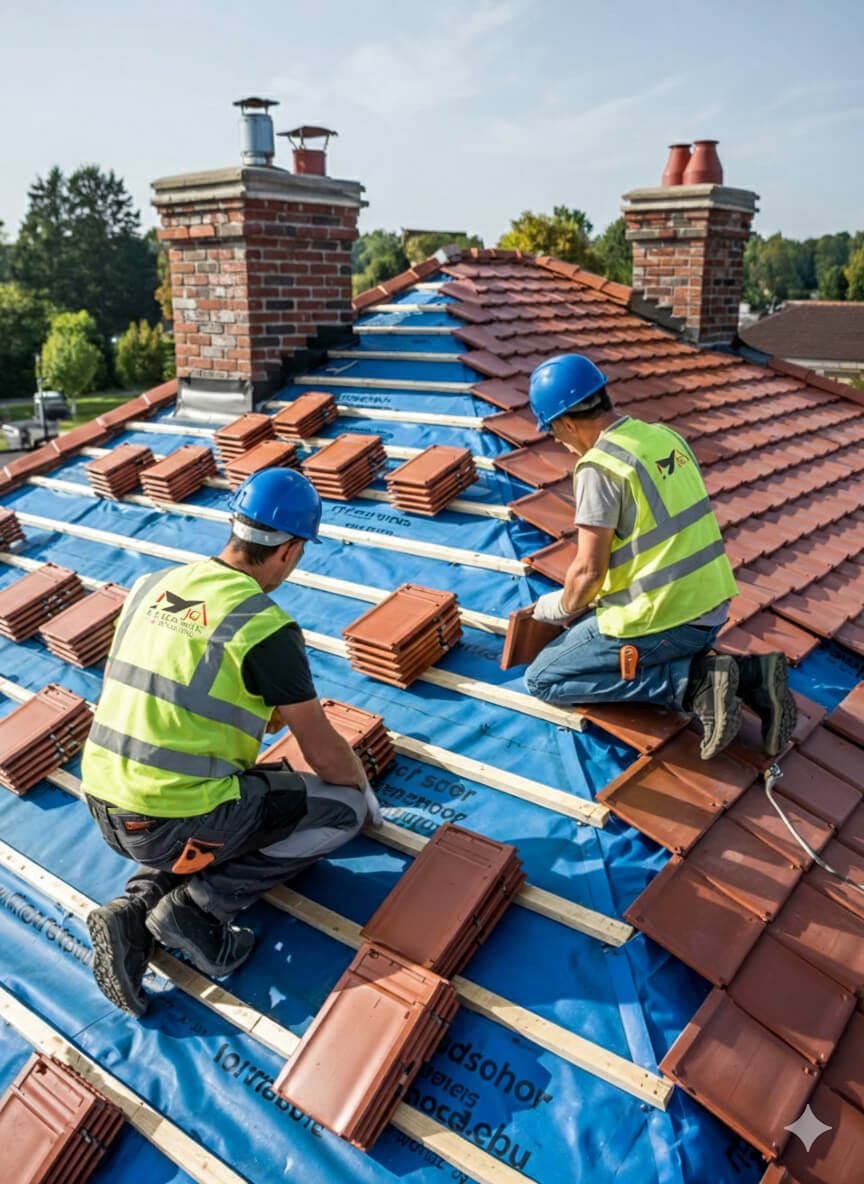
Get a free, no-obligation quote today.
Our experts are standing by to help you choose the perfect flat roofing solution.
⏱ Response within 24 hours guaranteed
Accredited by Which Trusted Trader, CITB, and approved by Kemper and Westwood, our team delivers safe, compliant, and warranty-protected Flashing Repairs & Leak Prevention projects. These credentials mean guaranteed standards and long-term assurance—reinforced by the positive client reviews that consistently highlight quality, professionalism, and trust.


Complete reroofing. Living in Singapore at the time and T was super responsive and communicative.
Replacement of lead box gutter and new flashing to parapet wall. I had an excellent experience using James and the team. He was very prompt in all aspects of communication and completed a first class job. Really pleased.
James completed some repairs on our roof and replaced some of our pebble dash by the roof as well. He was very thorough and fixed everything. He kept us really informed by taking photos and showing us what he did and keeping us updated. It also went onto our neighbours roof and he did the same fo...
We had a leak in our bedroom and James fixed the roof for us to stop it from leaking. All the work came with a warranty. The work that was carried out was good. James and his team were polite, and did all the work quickly and without too much interruption to our day-to-day lives. Would recommend ...
J G Leadworks have repaired and replaced the roofs and gulleys over our warehouse and workshops which have meant both areas are now watertight
James and team were incredibly responsive to my request to look at a serious leak issue on my flat roof. They did a very thorough investigation and explained in detail the issue and gave a fair quote. They were quick to book in and complete the work and have checked in afterwards a few times to m...
James was quick to respond to the initial contact and was able to work around some time constraints I had. He explained what needed doing clearly and was happy to answer follow up questions. He took pictures to show each stage and I feel confident in the work that was done by James and the team. ...
JG Roofing were very easy to work with. Their quote was sensible and they stuck to that figure. They completed many repairs to my roof including, rebuilding a leaded gutter, reinforcing rotten rafters, rebuilding a long felted gutter and felting parapet walls, resurfacing and felting a flat roof,...
Planning and legal checks protect clients from costly errors, delays, and non-compliance, ensuring roofing projects meet regulatory and safety requirements.
Permission is typically required for listed properties, conservation areas, or major roof alterations. All projects must also satisfy Building Regulations, including Part A (structural safety) and Part L (energy efficiency), ensuring compliant and future-proofed installations.
Our team manages the full process, from initial surveys to legal guidance, preparing documentation, and liaising with local authorities where needed. Whether working on modern homes or heritage sites, we ensure every project is delivered legally, safely, and with minimal disruption—providing complete reassurance and peace of mind to property owners.

Every project unites skilled workmanship with rigorously tested materials.
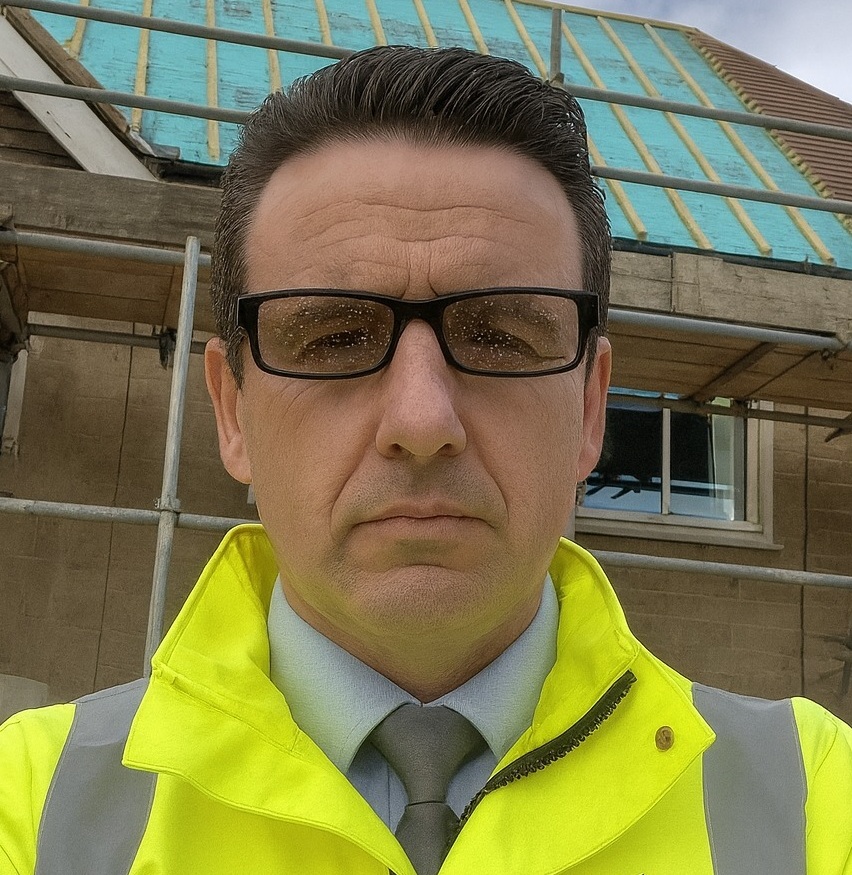
With 25 years of experience in lead sheet roofing, James is a trusted expert in heritage roofing, slate, and tiling. His knowledge of traditional methods, paired with modern compliance, makes him a go-to specialist for projects that demand both craftsmanship and durability.
Flashing Repairs & Leak Prevention provides lasting protection, efficiency, and value, delivering durable, compliant roofing solutions that safeguard every type of property investment.
Selecting Flashing Repairs & Leak Prevention involves balancing durability, budget, compliance, and aesthetics to secure the best-fit roofing solution for your property.
Why Clients Choose JG Leadwork and Roofing
With decades of trade experience, our teams understand the unique demands of London and Home Counties roofing. From heritage-listed properties to contemporary extensions, we adapt solutions to local regulations, weather conditions, and architectural styles with precision.
Accredited by Which Trusted Trader, CITB, and approved by Kemper, Westwood, IKO, ALM, and other leading suppliers.
These credentials guarantee safety, compliance, and access to manufacturer-backed warranties, giving clients peace of mind that their project meets the highest professional standards and benefits from warranty protection.
Our heritage projects use Welsh Slate and handmade clay tiles for authenticity, while leadwork is delivered to Lead Sheet Association (LSA) standards. Commercial installations employ Kemper and Westwood liquid systems for durability and efficiency. Each example demonstrates our reliability, blending traditional craftsmanship with modern performance.
Our workforce includes skilled roofers, heritage specialists, and safety-certified installers.
Every roofer holds NVQs, receives ongoing CPD training, and is qualified in both modern flat systems and traditional techniques, including slate and leadwork.
Team structure ensures projects run smoothly—surveyors identify needs, installers deliver with precision, and supervisors oversee compliance. This approach minimises disruption, accelerates timelines, and guarantees consistent quality across residential, commercial, and industrial roofing projects.
Every project is regulation-compliant, warranty-backed, and focused on long-term results.
Client testimonials and case studies confirm our track record, with projects praised for professionalism, durability, and customer support.
We go beyond installation with aftercare packages, maintenance support, and open communication at every stage. Property owners gain reassurance that JG Leadwork and Roofing stands behind its work. Book a free survey today and discover why homeowners, landlords, and businesses trust us with their roofing.

Get a free quote, rapid response, and expert service across London and the Home Counties. Contacting JG Leadwork and Roofing is your simple first step to dependable roofing solutions.
We source materials from leading suppliers including Supreme and IKO felt systems, Kemper, Westwood and Proteus liquid systems, Welsh Slate, handmade clay tiles, ALM Lead Mills, and Nicholson Air Track. These trusted brands guarantee durability, compliance, and warranty-backed performance across flat, pitched, heritage, and commercial roofing projects.
.
.
For homes, Flashing Repairs & Leak Prevention safeguards comfort and enhances kerb appeal with durable, energy-efficient systems. Whether modern extensions or traditional pitched roofs, tailored solutions improve living standards and protect property value.
For businesses, Flashing Repairs & Leak Prevention delivers cost-effective, large-scale installations with minimal disruption. Projects are planned around operations, with safety compliance, energy performance, and flexible scheduling built in—supporting offices, retail, schools, and industrial facilities with reliable, regulation-ready outcomes.
For heritage properties, Flashing Repairs & Leak Prevention combines authentic materials such as Welsh slate, handmade clay tiles, and ALM lead with skilled conservation techniques. Listed building consent and conservation requirements are fully managed, ensuring traditional character is preserved while integrating modern weatherproofing. This careful balance provides long-term durability without compromising historic integrity or aesthetic value.
JG Leadwork and Roofing delivers Flashing Repairs & Leak Prevention across housing, commercial, heritage, and public sectors. Every industry comes with unique requirements, from safety and compliance to efficiency and conservation. Our adaptability ensures projects are delivered with precision and professionalism—whether safeguarding homes, supporting business continuity, preserving history, or protecting critical public and healthcare facilities.
Durable roofing installed with minimal disruption, ensuring safe, regulation-compliant workspaces for staff and visitors.
High-standard, compliance-focused solutions protect community facilities while meeting strict safety and regulatory obligations.
Heavy-duty roofing tailored for wide spans, ventilation, and long-term maintenance efficiency.
Authentic materials and sensitive methods preserve historic character while adding modern protection.
Weatherproof systems that enhance kerb appeal and guarantee uninterrupted trading for outlets.
Tailored roofing improves guest comfort, safety, and ambience across hotels, restaurants, and venues.
Safe, durable systems designed for schools and universities with minimal learning disruption.
Specialist roofing solutions built for hygiene, safety, and regulatory compliance in medical environments.
Our team of NVQ-qualified roofers, LSTA-trained specialists, and health & safety-compliant professionals bring decades of combined experience. Every project is delivered with meticulous attention to detail, ensuring safe practices and consistent quality across flat, pitched, heritage, and commercial roofing disciplines.
Expertise includes heritage leadwork, slate and tile roofing, modern flat systems, and drone-assisted roof surveys. Ongoing CPD training ensures adaptability to both traditional craftsmanship and the latest innovations—giving clients confidence that every roof is built or repaired with proven skill and care.

A thorough survey highlights existing issues, structural considerations, and upgrade opportunities, ensuring the best-fit solution is identified from the very beginning.
Transparent, itemised quotes detail costs, timelines, and materials—giving you complete clarity and confidence before work starts, with no hidden surprises.
Scaffolding, access solutions, and robust safety measures are put in place to safeguard both property and people throughout the project.
Skilled roofers complete the work using accredited materials and proven techniques, delivering durable, compliant results while keeping disruption to a minimum—whether for repairs, replacements, or new installations.
Each stage is inspected against manufacturer standards and Building Regulations, with photographic documentation provided for transparency and peace of mind.
Each stage is inspected against manufacturer standards and Building Regulations, with photographic documentation provided for transparency and peace of mind.
In a competitive roofing market, many providers look the same on paper. JG Leadwork and Roofing stands out through proven expertise, accredited methods, and specialist techniques. Our combination of traditional craftsmanship and modern technology makes us the safer, smarter choice across residential, commercial, industrial, and heritage projects.
In a competitive roofing market, many providers look the same on paper. JG Leadwork and Roofing stands out through proven expertise, accredited methods, and specialist techniques. Our combination of traditional craftsmanship and modern technology makes us the safer, smarter choice across residential, commercial, industrial, and heritage projects.

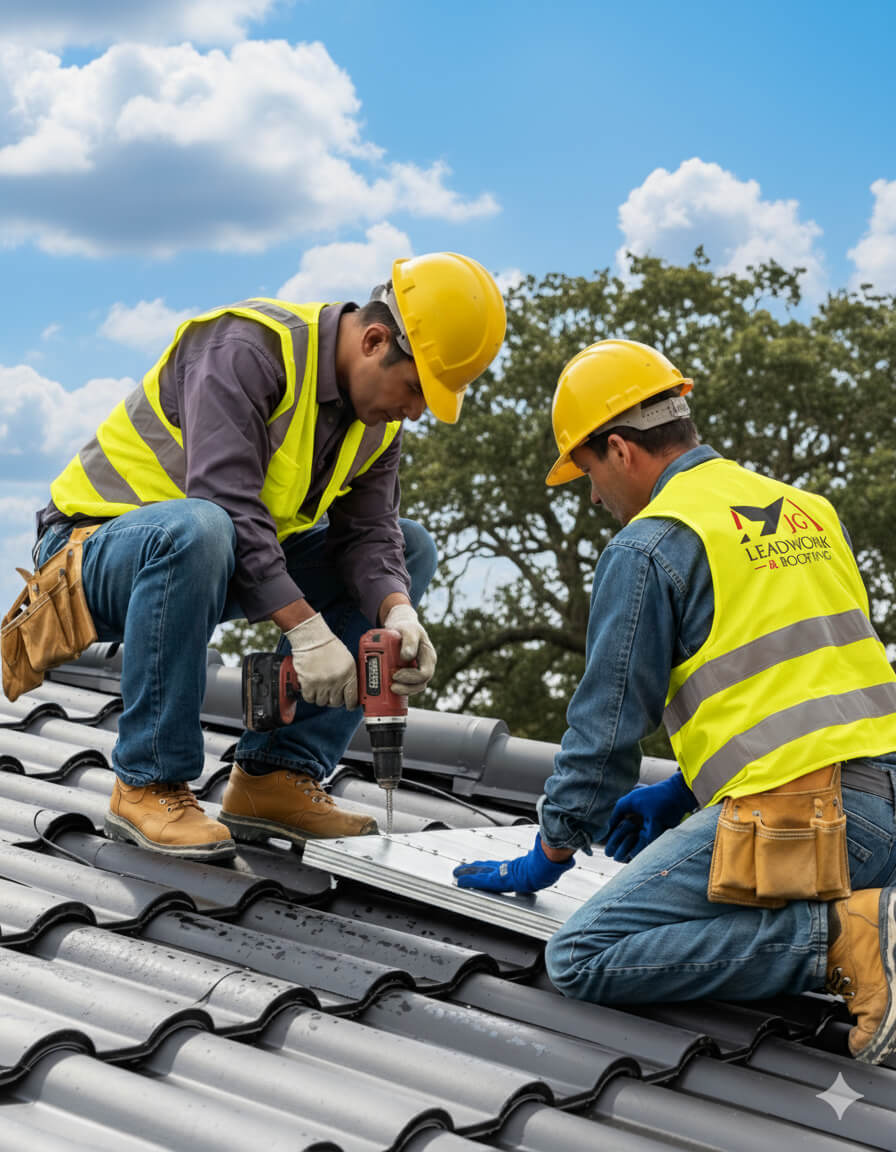
At JG Leadwork and Roofing, every project follows a structured QA process. Each stage—materials, installation, safety, and final sign-off—is measured against manufacturer specifications and UK Building Regulations to ensure durability, compliance, and warranty-backed performance across all roofing services.
Projects are only signed off once all QA checks are complete, giving clients confidence in long-term performance, structural safety, and insurance-backed peace of mind.
Every Flashing Repairs & Leak Prevention project by JG Leadwork and Roofing is delivered in strict alignment with UK Building Regulations and recognised frameworks. This ensures structural safety, energy efficiency, durability, and protects warranties and insurance coverage across residential, commercial, industrial, and heritage properties.
Clients can be confident their project is completed legally, safely, and insurance-ready—delivering long-term performance, compliance assurance, and complete peace of mind.
Property owners often wonder about Flashing Repairs & Leak Prevention—from costs and timescales to permissions. Below, you’ll find straightforward, trustworthy answers to the most frequent and practical queries.
A significant number of persistent damp and water ingress issues in UK buildings are caused by defective roof flashing. Flashing refers to the thin, weatherproof material—typically lead, aluminium, or coated steel—fitted around roof details such as chimneys, valleys, upstands, and junctions to prevent water penetration. When flashing fails, it creates opportunities for rainwater to travel into the roof structure, resulting in unseen leaks and internal damp. For property owners, managers, contractors, and developers, understanding how and why flashing breaks down is essential: unrecognised faults can escalate from cosmetic stains to timber rot, insulation failure, or structural damage. The breakdown below clarifies key root causes and practical signals to watch for.
The most common reason flashing fails is natural material deterioration. Over time, lead or metal flashing can develop tiny splits or cracks from years of expansion and contraction with changes in temperature—known as thermal movement. Rubber-based or bitumen alternatives degrade faster in sunlight, becoming brittle or shrinking. Another frequent problem is wind-lifted or slipped flashing, especially near edges, valleys, or where fixings have failed. Even slight movement—a few millimetres—can permit water to creep behind the barrier during heavy rain, leading to hidden moisture tracking along timbers or trays. This often results in visible damp, peeling paint, or persistent musty smells indoors. Ignored, timber at risk of wet rot can decay completely, especially around chimney stacks or parapet walls.
Even recently installed flashing will fail prematurely if installation standards were not met. Key errors include insufficient lap (the overlap between flashing sections), poor joint sealing, or incorrect upstand height, which should be at least 150mm above the finished roof surface under BS5534:2014. Weak detailing in corners, sloping abutments, or complex junctions allows capillary action—where water “tracks” horizontally—to cause internal leaks. Telltale signs can include water marks far from the flashing, unexplained streaks near ceilings, or dampness only after windy rain. Botched repairs, especially those using incompatible sealants or a simple mortar wash, can also severely shorten the lifespan of otherwise robust flashing.
The UK’s climate adds further stress to flashing. Freeze–thaw cycles—where water freezes at night and expands—make fine cracks larger with each winter. Ponding water, defined as standing water exceeding 10mm for more than 48 hours on a flat roof, is particularly damaging to flashing upstands where roof gradient is too shallow (less than 1:80). Gutters blocked by leaves or misaligned downpipes concentrate run-off against vulnerable flashing. Poor ventilation or insulation (relevant to Part L building regulations) can cause interstitial condensation, meaning moisture forms inside the roof’s build-up rather than leaking through from outside. Indicative symptoms include black mould on ceiling corners, bubbling plaster, or persistent dampness in dry periods.
Inspection typically starts with a thorough visual survey, checking for visible splits, cracks, moss, or lifted flashing. Moisture metres help detect damp inside timber that isn’t visible externally, and borescopes (small cameras on flexible rods) allow examination of concealed junctions. Drone surveys offer clear images on inaccessible roofs, while flat roofs may need a core sample to check for saturated materials below. For complex or elusive damp issues, thermal imaging reveals moisture patterns and thermal bridges, especially after heavy rain or in cold weather.
| Root Cause | Typical Symptom | Risk if Ignored | Indicative Remedy |
|---|---|---|---|
| Perished flashing | Damp patches, external cracks | Timber rot, leaks | Replace with correct lap |
| Poor detailing | Damp post wind-driven rain | Adjacent wall spread | Redetail per BS5534 standard |
| Ponding/blockages | Blistering, pooling on surface | Membrane lift, leaks | Improve drainage, flashings |
| Inadequate insulation | Mould, condensation in corners | Health risk, decay | Upgrade for Part L compliance |
Damp from flashing defects often appears distant from its true source. If you notice repeat or seasonal damp, especially after rain or thaw, arrange a detailed inspection by a qualified roofing specialist.
Replacing a roof in London typically ranges from £120 to £200 per square metre for most domestic and commercial pitched roofs, though costs can increase for heritage buildings and specialist materials. The final price hinges on several core elements: materials, labour, regulatory demands, and site complexities. Understanding these factors is crucial for anyone budgeting for a new roof, navigating compliance, or aiming for long-term durability. Here’s how each component shapes what you’ll actually pay.
Materials and labour make up the lion’s share of any roof replacement cost. Concrete tiles offer a budget route, whereas clay tiles and composite slates are mid-range options. Natural slate—especially Welsh or Spanish—commands a premium, reflected in both supply and installation fees. See below for an indicative table:
| Material Type | Supply Cost per m² | Notes |
|---|---|---|
| Concrete Tile | £30 – £40 | Cost-effective, standard |
| Clay Tile | £40 – £60 | Traditional, very durable |
| Natural Slate | £60 – £120+ | Premium, heritage look |
| Synthetic Slate | £40 – £70 | Lightweight, modern |
Labour typically ranges from £50–£100 per m² depending on the complexity—steep or awkward roofs, heritage requirements, and special fixings push costs up. Demolition of old roofing, scaffolding, and any timber repairs add further line items to your quote; always ensure these are clearly listed.
Every roof replacement must comply with up-to-date UK rules. Part L of the Building Regulations concerns energy efficiency; it sets a minimum “U-value” (a measure of heat lost per square metre) at about 0.16 W/m²K for new roofs. Achieving this can mean substantial extra insulation—adding typically £30–£60/m² to project costs if the building previously had little thermal upgrade.
Alongside this, BS 5534 is mandatory for structural strength—it governs the mechanical fixing of tiles, battens, and underlays, with strict requirements to resist wind uplift and ensure overall safety. Non-compliance spotted by Building Control can lead to costly removals and redos.
London’s density means scaffolding and site access frequently push costs north. Narrow streets, parking limits, and neighbouring properties can drive up logistics, with scaffolding bills from £1,200 to over £4,000 for multi-storey access. Properties in conservation areas, or with listed status, may require natural materials (slate, clay tile, or even leadwork)—sometimes doubling supply costs or necessitating specialist trades.
Planning permission comes into play for major alterations or material changes, especially in conservation zones. Expect that heritage requirements will require additional design review, extended lead times, and more detailed inspections.
When assessing replacement options, line up the following:
| Factor | Typical Impact | Why It Matters |
|---|---|---|
| Concrete–Slate | £80–£220 per m² | Style, compliance, longevity |
| Insulation | +£30–£60 per m² | Energy use, building regs |
| Scaffolding | £1,200–£4,000+ total | Access/safety, urban density |
| Heritage Specs | +20–100% | Special material, compliance |
Clear, detailed quotes—with every material, labour, and compliance item explicit—help avoid nasty surprises. Setting a budget with these points in mind means your investment protects your property’s structure, value, and legal standing for years.
In the UK, seasonal weather patterns can have a substantial impact on roofing installation timelines and project quality. Homeowners, landlords, facility managers, and heritage custodians must plan around rain, cold snaps, wind, and even summer heatwaves. These factors do not just determine how long a project takes—they affect cost planning, schedule disruption, building safety, and the long-term durability of the roof. The timing of installation can make the difference between a straightforward job and a prolonged, weather-delayed project with potential consequences for both finish and warranty.
Rain and temperature swings don’t just cause delays—they can reduce the lifespan and reliability of your new roof.
Typical roof installation for an average UK house with tile or slate takes 5–10 working days in dry, stable conditions. Flat roofs are generally completed faster—2–5 days—due to simpler layouts. However, if weather conditions change, timelines can stretch. Rain may halt work outright because surface moisture compromises adhesion for felts and membranes. Temperatures below 5°C interfere with adhesives, mortars, and setting times, while strong winds can make working at height unsafe. Heritage properties often require extra days for the careful removal/replacement of materials and may be subject to conservation restrictions or staged inspections. Frost in winter adds additional risk; summer heat can cause materials to cure too quickly, leading to weak seals.
Beyond the calendar, your property’s layout and environment directly shape how long installation will take. Large or complex roofs (with lots of hips, valleys, or non-standard slopes) add time. Difficult access—like terraced housing, multi-storey buildings, or tight urban sites—requires special precautions and may delay both scaffold erection and dismantling if weather strikes. Repairs beneath the flashing, such as timber replacement or insulation upgrades, can reveal further issues mid-project.
Key influences:
A preventive approach is the most reliable way to keep roofs and flashing performing as designed, especially following fresh installation. Schedule a visual roof check after every winter to spot wind, freeze–thaw, and rain impacts. Commission a detailed professional inspection at least every 2–3 years. Clear moss and debris from gutters and valleys at least twice yearly to avoid water build-up.
Routine actions:
Skipping regular maintenance—especially when the roof is under warranty—risks voiding coverage and creating expensive repairs down the line.
Material choice is the main factor in installation and ongoing care. Each material comes with its own expected lifespan, inspection cycles, and maintenance needs:
| Material | Typical Lifespan | Inspection Frequency | Maintenance Needs |
|---|---|---|---|
| **Slate** | 80–100 years | Every 5 years | Replace broken slates, minimal else |
| **Clay Tile** | 50–80 years | Every 3–5 years | Clean moss, replace cracked tile |
| **Felt** | 10–20 years | Every 2 years | Re-seal edges, patch splits promptly |
| **Liquid** | 25–40 years | Every 3 years | Check joins, periodic re-coating |
Consistent checks and upkeep—clearing outlets and checking flashing after storms—extend these lifespans and reduce urgent repairs. Knowing what’s required helps you time roof projects wisely, factor in UK weather, and protect the value of your property assets.
Roof flashing repairs can range from a modest expense to a significant investment, making cost transparency and warranty assurance vital for anyone responsible for a property. Repair costs fluctuate based on roof size, damage complexity, and the expertise of your chosen contractor. Warranties, both standard and insurance-backed, play a key role in protecting you from hidden defects and unexpected expenses. Homeowners, landlords, and commercial managers all want to minimise risk—so it’s essential to understand the true cost drivers, what robust cover looks like, and how to ensure your installer is both qualified and trustworthy.
Several factors influence the final price of a flashing repair or replacement. Labour charges are higher for jobs requiring scaffolding or complex access. Localised flashing repairs (for valleys, chimneys, or abutments) are typically far cheaper than a full strip and relay. The type of material—lead flashing, aluminium, or a modern composite—also affects price, as does the need for matching historic profiles or integrating with heritage roofs. Below is a comparative snapshot:
| Service Type | Typical Range (UK) | Key Influences |
|---|---|---|
| Flashing Repair | £250 – £1,200 | Extent of damage, access, material |
| Roof Repair (general) | £350 – £1,500 | Area size, type, underlay upgrades |
| Roof Replacement | £5,000 – £15,000+ | Size, structure, insulation, finish |
Even a basic repair cost should reflect not just the visible materials but proper substrate prep, flashing upstand, weatherproofing, and full regulatory compliance. Skimping on required technical steps often leads to repeat expense.
A genuine insurance-backed warranty is increasingly the standard for reputable flashing repairs and replacements. These warranties generally range from 10 to 20 years, protecting you against both material failures and faulty workmanship. Coverage typically includes flashing integrity, water ingress, and structural soundness—often extending to underlay and deck repairs when specified. Such warranties are critical in meeting Part L compliance (energy and insulation standards) and can be demanded by insurers or mortgage lenders when properties are sold or re-let. Buying work with no warranty—or a meaningless, non-transferable promise—leaves you exposed to expensive defects, rejected insurance claims, and potential drops in property value. Always insist on written documentation of cover, together with installer registration details.
Choosing an accredited installer dramatically lowers the risk of substandard work. Credible accreditations include NVQ Level 2 or 3 in Roofing Occupations, CITB training certificates, or membership in bodies like Which Trusted Trader and Confederation of Roofing Contractors (CORC). These credentials verify that the roofer has received technical training, meets health and safety requirements, and follows best practice for Building Regulations compliance. Accredited professionals secure access to manufacturer-backed warranties—for example, a 20-year guarantee from a top flashing supplier applies only if the system is fitted by a registered contractor. Qualifications and trade body memberships also provide a clear complaints procedure and mediation framework in the rare event of a disputed claim.
Avoiding “cheap and quick” roof repairs almost always pays off. Common shortcuts—such as overlaying new flashing without addressing rotten decking, using sub-par sealants, or skipping insulation and ventilation upgrades—lead to water leaks, trapped moisture, timber decay, and eventually, escalating repair bills. Unlicensed work is often non-compliant with BS5534 or Part L regulations, risking not only energy loss and condensation, but outright insurance refusal after a claim. Basic errors like underlapping the flashing or failing to follow manufacturer instructions can void product guarantees entirely. Above all, initial savings from hiring a cut-price, non-accredited contractor are frequently wiped out by the need for premature rework, legal disputes, or higher premiums—making a robust, compliant repair the smart economic move every time.